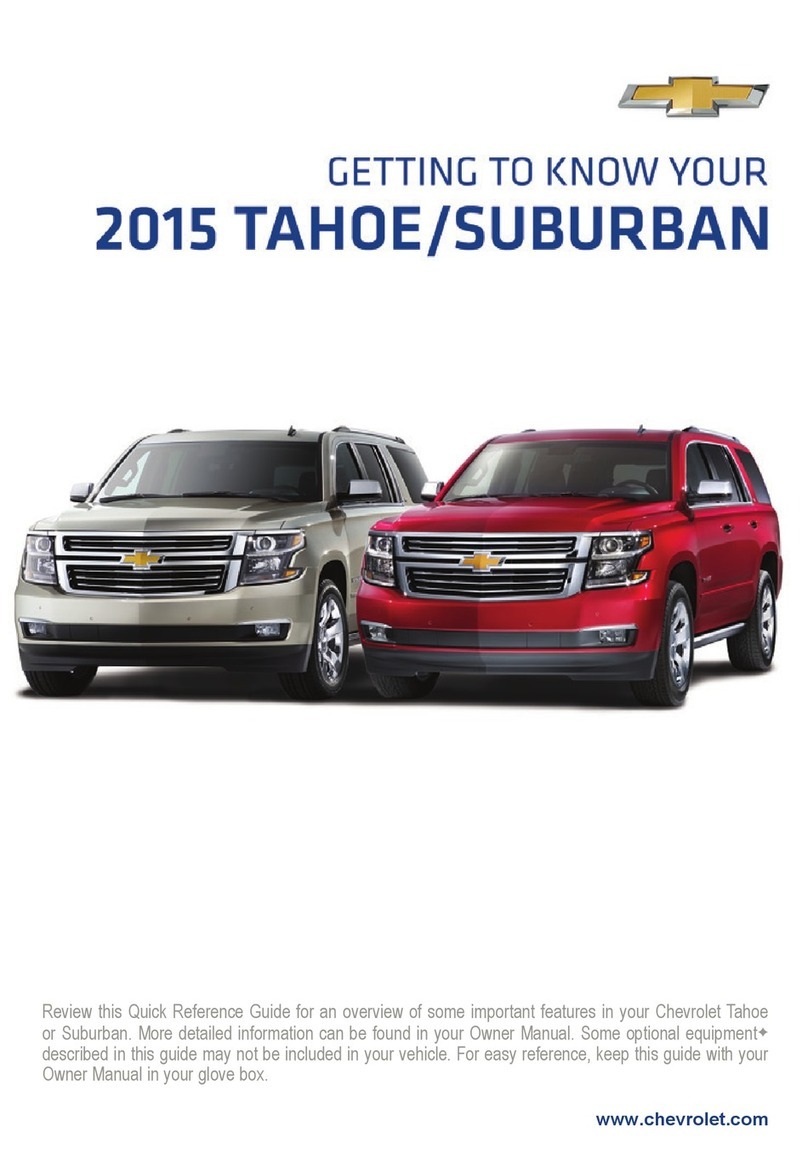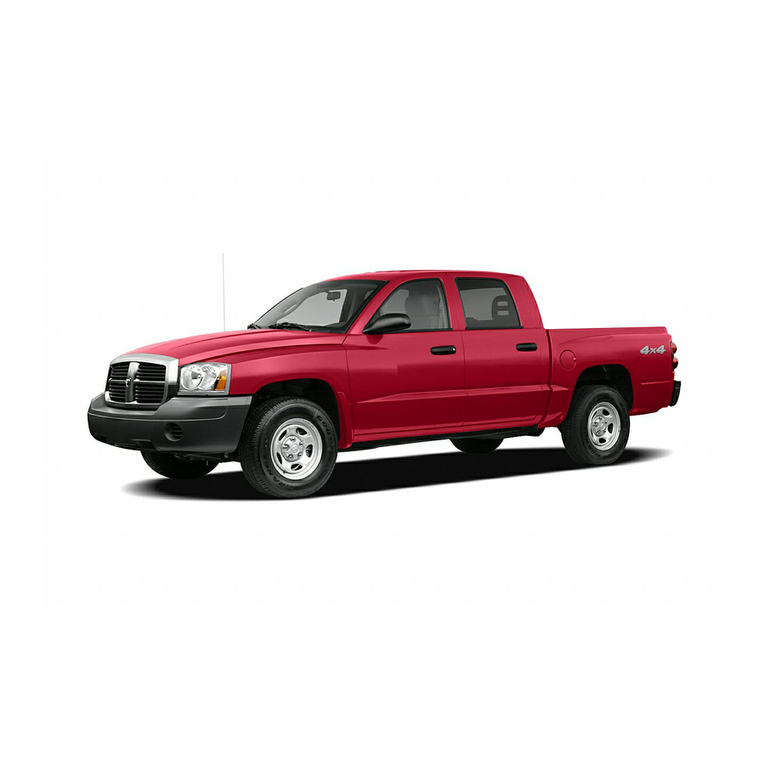Chevrolet CHEVELLE 1972 User manual
Other Chevrolet Automobile manuals

Chevrolet
Chevrolet 2008 TrailBlazer User manual

Chevrolet
Chevrolet 2006 Cobalt Assembly instructions

Chevrolet
Chevrolet 2013 Tahoe Special Service Package User manual

Chevrolet
Chevrolet 1997 Camaro User manual
Chevrolet
Chevrolet 1998 Tracker User manual

Chevrolet
Chevrolet 2000 Malibu User manual
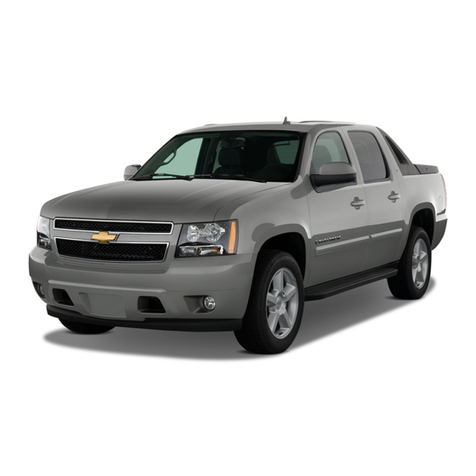
Chevrolet
Chevrolet 2008 Avalanche User manual
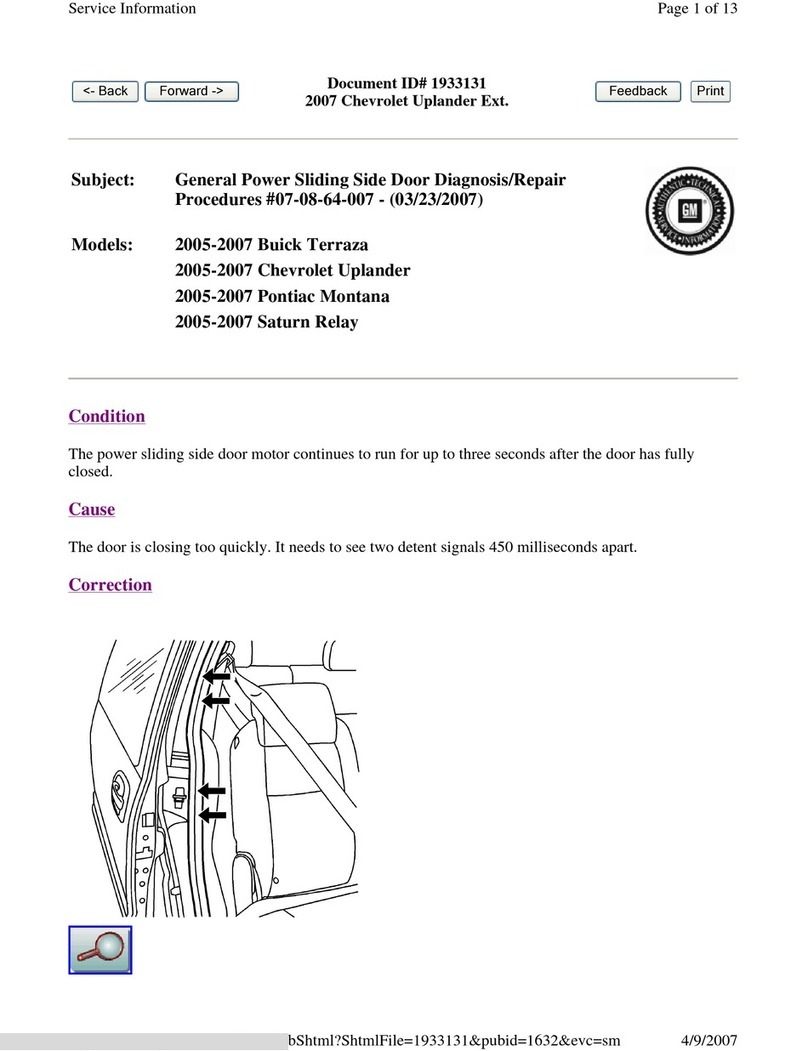
Chevrolet
Chevrolet Uplander Ext 2007 Operating and installation instructions
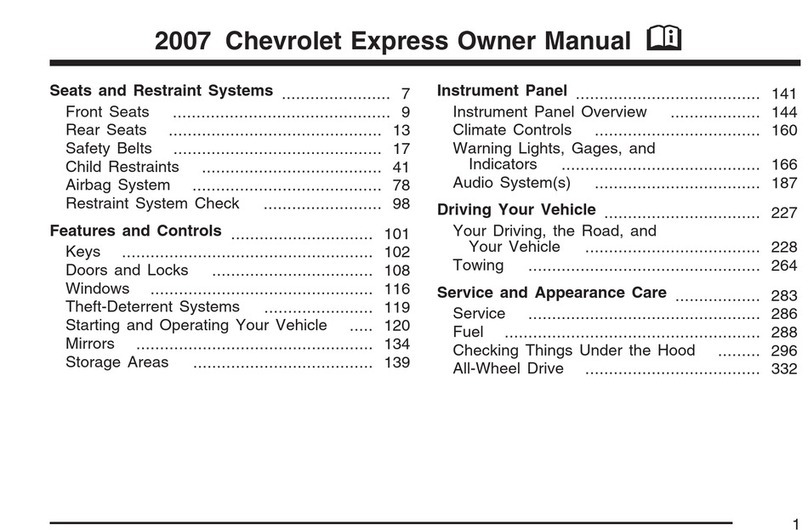
Chevrolet
Chevrolet 2007 Express 2007 Express User manual

Chevrolet
Chevrolet Beat diesel User manual
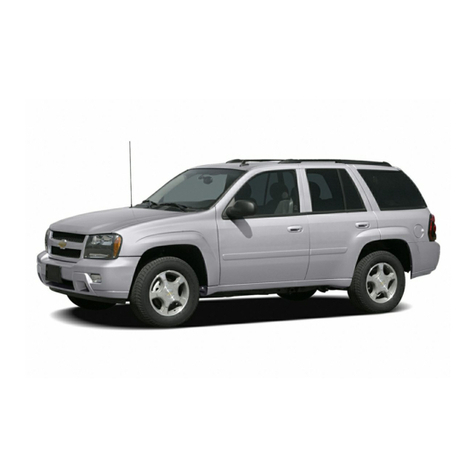
Chevrolet
Chevrolet 2007 TrailBlazer Instruction Manual

Chevrolet
Chevrolet 2015 Equinox User manual

Chevrolet
Chevrolet Silverado 1500 User manual

Chevrolet
Chevrolet 2014 Captiva Sport User manual
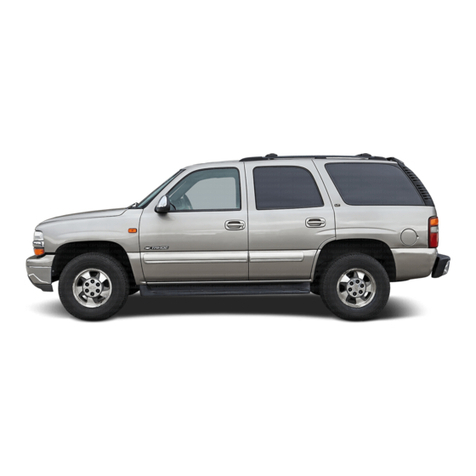
Chevrolet
Chevrolet 2001 Tahoe User manual
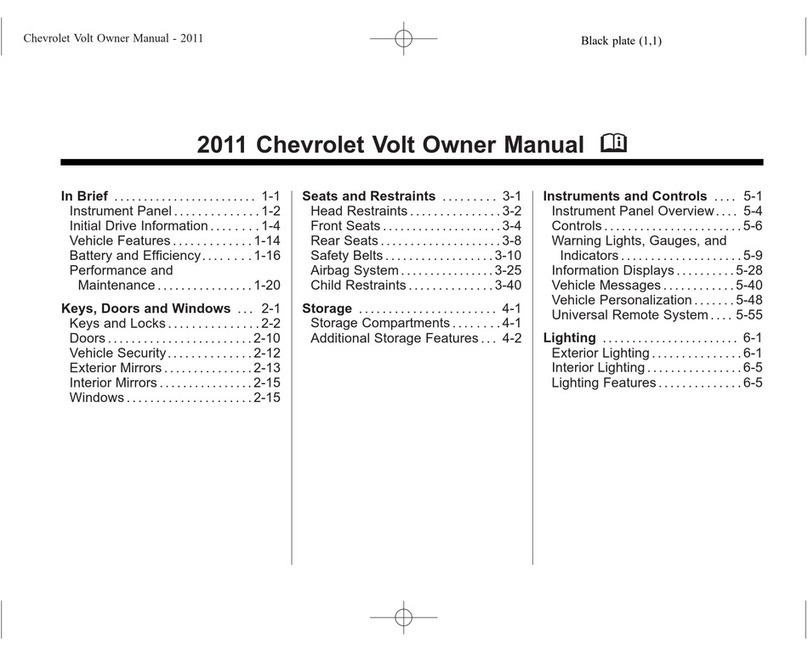
Chevrolet
Chevrolet 2011 Volt User manual
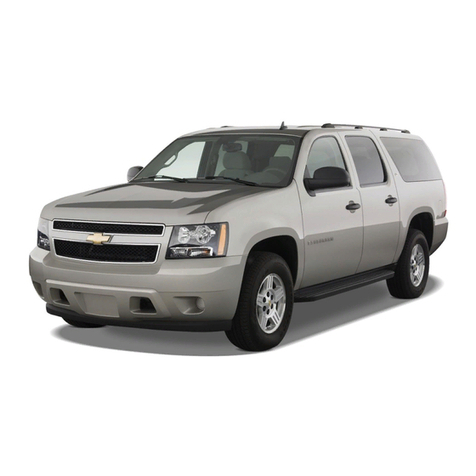
Chevrolet
Chevrolet Tahoe Suburban 2008 Assembly instructions

Chevrolet
Chevrolet 210 User manual
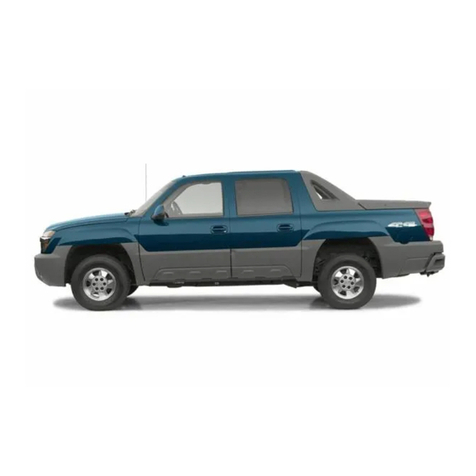
Chevrolet
Chevrolet 2002 Avalanche User manual

Chevrolet
Chevrolet 1948 light duty User manual

